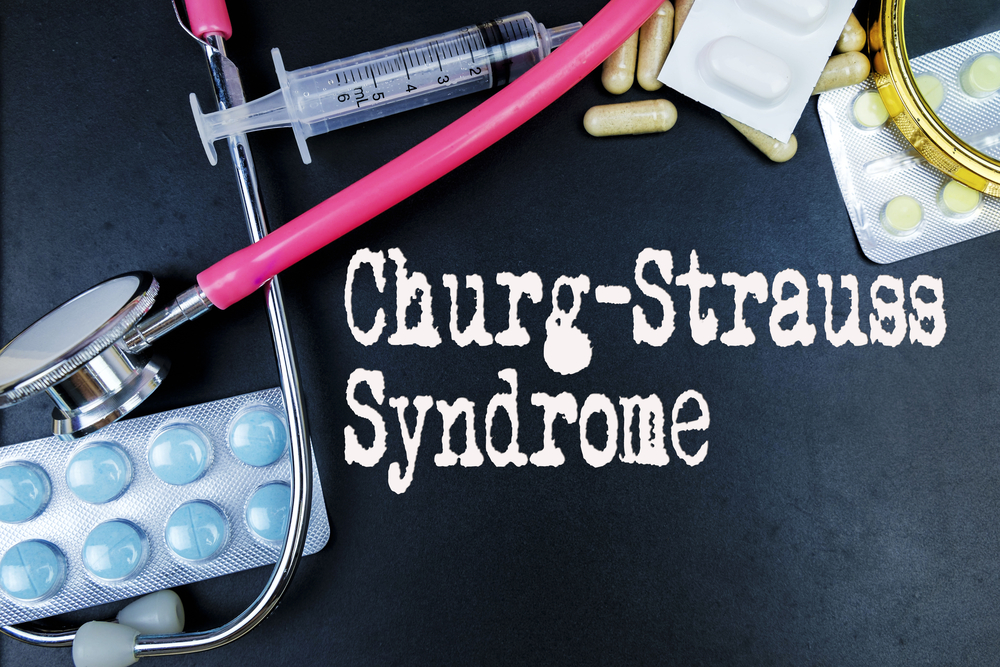DIAGNOSIS
Churg Strauss syndrome diagnosis is recommended when a patient with a history of asthma experiences the symptoms mentioned above.
The doctor may observe lung, skin, and nerve defects during the examination. Blood pressure is checked to see if it is elevated and beyond normal.
Blood testing of people with this syndrome typically indicates elevated levels of an uncommon white blood cell, called an eosinophil, and there are also elevated numbers of other white blood cells. Blood tests for kidney function and urinalysis may be abnormal when the kidneys are affected.
The chest x-ray image or CT scan of the chest will show areas of inflammation if the lungs are inflamed.
A biopsy of the involved tissue, which reveals a distinctive inflammation pattern evident under a microscope, is the ultimate examination for diagnosis. An accumulated eosinophil is also seen in the abnormal tissue.
TREATMENT
There is no cure for Churg Strauss Syndrome, but the treatment of patients with this syndrome is aimed both at the immediate calming of blood vessel inflammation (vasculitis) and the suppression of the immune system. Treatment typically requires large doses of cortisone-related medicine (such as prednisone or prednisolone) to soothe inflammation and with cyclophosphamide (Cytoxan) for suppression of the active immune system.
Cyclophosphamide has traditionally been used in patients with Churg Strauss Syndrome; they are given in patients for a year or more. In a clinical study, patients with this syndrome did equally well if they were treated for 6 or 12 months with cyclophosphamide. This study indicates that doctors might now be able to prescribe Cytoxan for patients with this syndrome for a shorter (and thus less damaging) course.
Drug therapy will alleviate Churg Strauss Syndrome symptoms and bring the disease into remission. Yet relapses are frequent.
Your doctor will also routinely perform blood tests and other tests to monitor your health and reaction to the medications you are taking.


